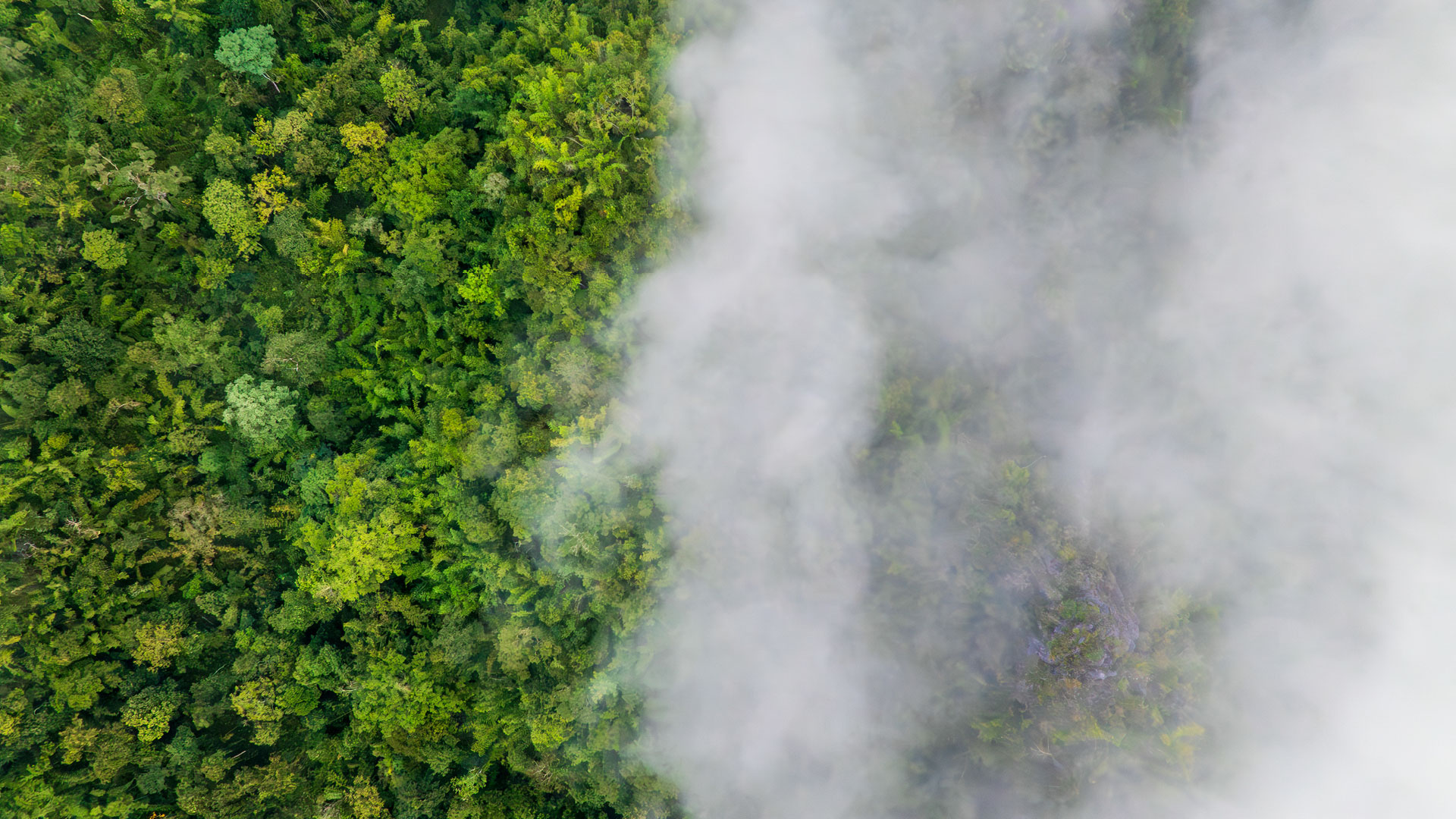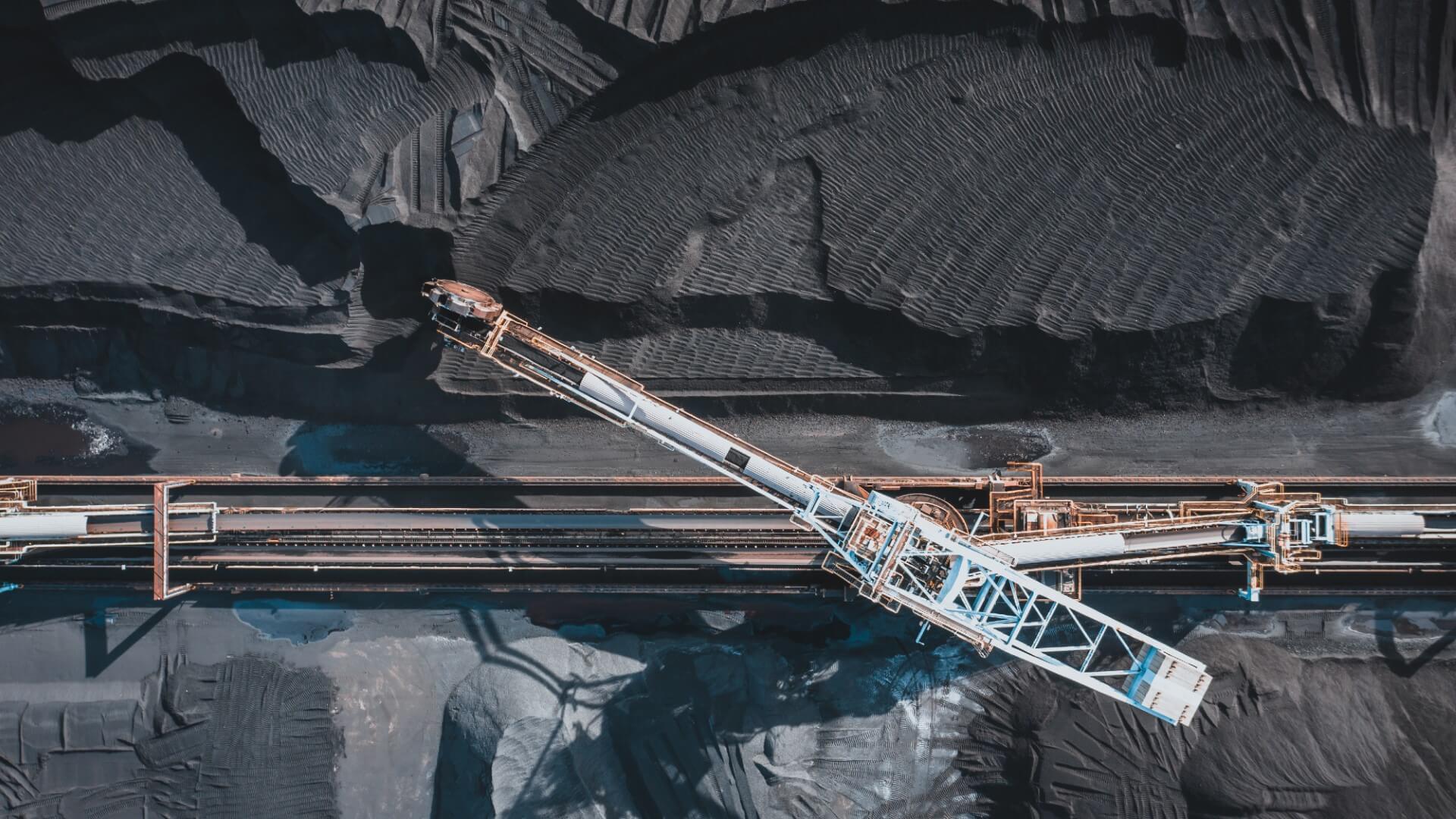Geospatial Data Facilitate Marine Environment Monitoring As Climate Litigation Cases Grow

Alice Saunders
Climate litigation cases are mounting in number and diversity, and the next wave of cases could be focused on the world’s largest carbon sink: the ocean. Increased attention to biodiversity (brought into focus by enhanced oceanic analysis using geospatial data) is driving the trend.
In the last year, 190 climate litigation cases were filed, according to a recent report from academics at the London School of Economics (LSE). Researchers found that the diversity of topics covered is expanding, as well as the geographical spread, with cases identified in seven new countries. Increasingly diversified climate litigation cases should not be taken lightly: more than 50% of the cases tracked had direct judicial outcomes in favour of climate action.
Ocean-related cases are popping up – and the LSE report authors anticipate they may increase. Recent cases have included applicants in South Africa seeking to prevent an oil exploration survey from Shell, firstly, on the grounds of climate change and, secondly, owing to the expected impact on coastal ecosystems and the knock-on effects on communities. Similarly, residents of an island in Indonesia filed a case against the Swiss cement giant Holcim in January to hold the firm liable for its emissions, as they seek compensation for climate damages due to changes in the ocean and its ecosystems.
Marine ecosystems are being transmuted by climate change, with record high ocean surface temperatures recorded earlier this year. In a recent paper in Nature, researchers studying geospatial imagery found that the colour of the ocean – indicative of phytoplankton populations – is altering, because of climate change.
In light of this, future litigation topics could incorporate:
- Legal questions about whether governments and organizations have a responsibility to protect the ocean from further climate impacts, to maintain its carbon sink functionality.
- Emission reduction requests to mitigate ocean acidification.
- Encouragements or critiques of efforts to enhance the ocean’s capacity to remove carbon through ocean-based carbon dioxide removal (CDR) techniques such as seaweed cultivation.
As communities and NGOs increasingly hold governments and organizations to account for the damage caused to marine ecosystems, there will be a mounting focus on the blue carbon market. There has already been significant investment from organizations such as Apple, Gucci and Salesforce, but the impacts of blue carbon projects on marine biodiversity remain unclear.
The ongoing development of the Taskforce for Nature-related Financial Disclosures (TNFD) recommendations has sparked enhanced scrutiny of how ecosystems are impacted by commercial projects, including carbon sequestration work. As researchers have already demonstrated when looking at phytoplankton populations, geospatial data will become an increasingly useful resource to keep tabs on marine ecosystems and to monitor blue carbon projects. Best practice for accurately measuring biodiversity impacts requires a combination of on-site and remote sensing technologies: geospatial data can provide a vital piece of the puzzle.
To learn more about biodiversity impact assessments and nature-related risks, check out the recent Verdantix report: Strategic Focus: Navigating Nature-Related Risks – and see our latest market insight on geospatial data: Market Insight: Geospatial Data Providers’ Opportunity In The Climate Risk Space.
About The Author

Alice Saunders
Industry Analyst





